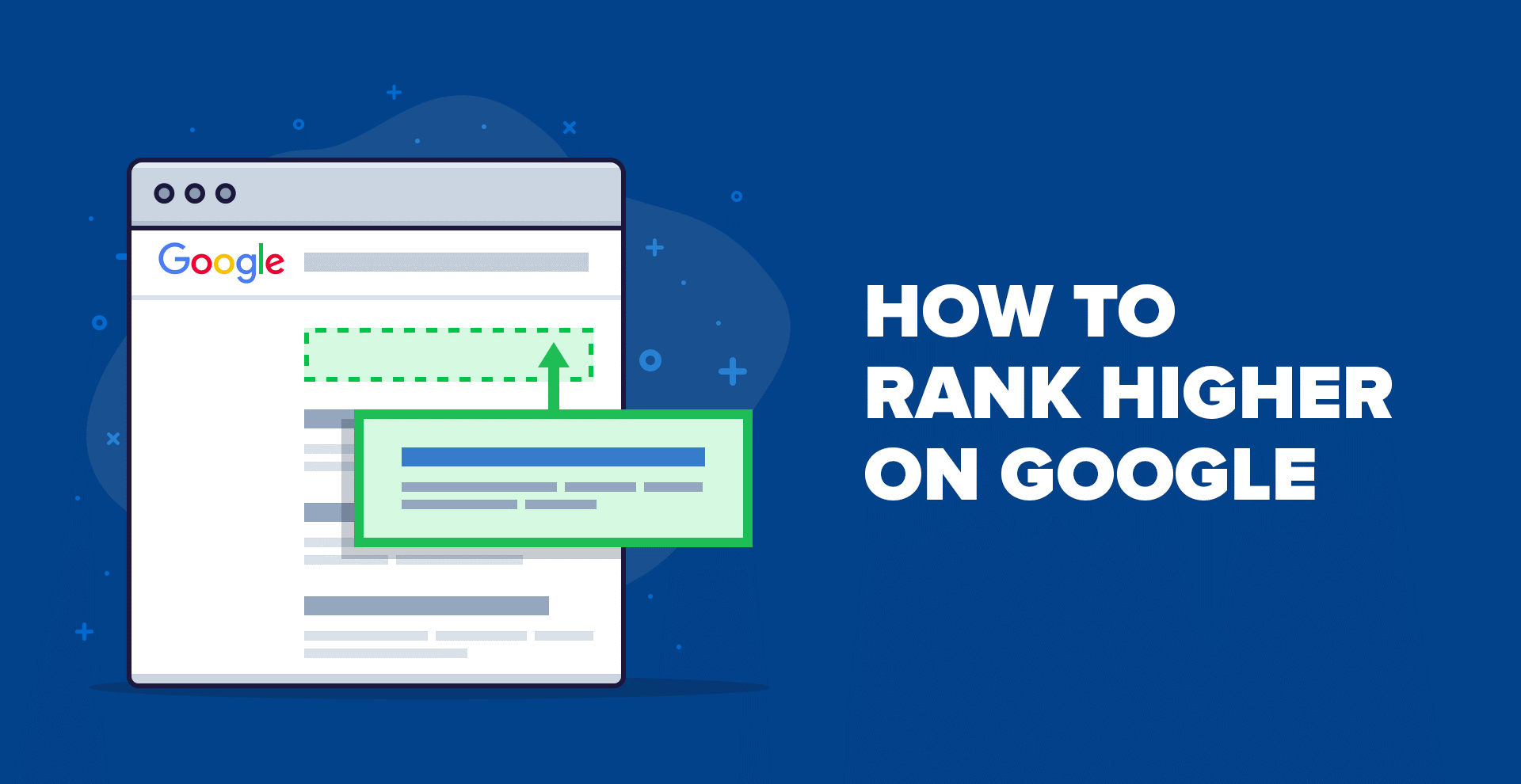
Who is called Generation Z? It is everyone born between the late 1990s and the early 2010s. These young people are becoming a major consumer force. By 2030, they will make up to 23% of the global population. Gen Z’s purchases are expected to reach $12 trillion. These tech-savvy users are completely changing the nature of commerce. Brands cannot ignore their values, behaviors, and preferences when crafting their marketing strategies. How do we connect with this audience and turn them into customers? You must go beyond traditional marketing tactics and adopt strategies that this growing audience will appreciate. Let’s explore how to make Gen Z loyal to your brand.
Gen Z – what is behind the scenes?
Technology is a cornerstone of their lives, but Gen Z also values real-world experiences and human connections. They seek brands that match their values and contribute positively to society. They bring a fresh perspective to consumer behavior. Unlike previous generations, they prioritize experiences over possessions and are deeply concerned about social and environmental issues. They value transparency and honesty in communication. These consumers are comfortable with online shopping and expect seamless digital experiences. Besides, they are more likely to support businesses that interact with their communities and prioritize ethical production.
How to attract Gen Z?
Based on the above, it may seem unrealistic to hook Gen Z customers. However, it is not so complicated if you know some tips, and this detailed guide may give you a direction to follow.
Show your authenticity
Generation Z values genuine and transparent brands. Show them your company from the inside. They must clearly understand your company's mission and values. Show your ethical practices, social responsibility initiatives, and employee well-being programs. This openness will surely build trust and strengthen the connection with your audience.
Dove has captured the hearts of Gen Z by focusing on inclusivity and body positivity. Their project #ShowUs challenged traditional standards. The promotion of self-acceptance allowed Dove to build a strong connection with young users. It proves the brand understands and cares about its consumers. And it really worked!
Use social media
Gen Z lives online. Focus on platforms like TikTok, Instagram, and Snapchat to reach your audience effectively. You can even be present across several platforms simultaneously. This approach ensures that you reach your customers wherever they are. Experiment with various types of social selling content, including social media, video content, blogs, and podcasts. For instance, YouTube videos can be combined with Instagram posts and Twitter updates. Your active presence across various channels will surely not remain unnoticed. Consider using a social media management platform so you can schedule your posts, and monitor your analytics in just one place, and keep up with the Gen-zs
With the rise of social media and digital tools, businesses can enhance their strategies using an automated marketing reports builder to effectively engage this tech-savvy generation.
Incorporate user-generated content
Encourage your customers to create and share content related to your brand. This can be achieved through social media contests, hashtag campaigns, or just by reviews and testimonials. Run challenges that inspire user-generated content. For example, a photo contest using your brand's hashtag can generate excitement and engagement. Create a dedicated space on your website where everyone can leave their feedback.
Chipotle, a favorite among millennials and Gen Z, launched the #ChipotleLidFlip challenge on TikTok. The challenge encouraged users to show off their skills by flipping a burrito bowl creatively. This hashtag has collected an impressive 345.9 million views!
Focus on social and environmental responsibility
Show you care about social and environmental problems. Gen Z loves brands that are concerned about important issues and participate in making a difference. Cadbury's “Donate Your Words” campaign was a powerful example of how the brand cares for social good. It encouraged people to donate their words and time to help those who feel isolated. The idea is simple: for every bar of Cadbury chocolate sold, the brand donates to Age UK to fund services that combat loneliness among older people.
Use influencers and brand ambassadors
Partner with influencers and celebrities who are loved by Generation Z. Choose individuals who share your brand values and have a genuine connection with their followers. Kylie Jenner is a great example of an influencer who became a successful entrepreneur. She used her massive social media following to build a beauty empire. Her realistic product review and her unique persona were warmly greeted by Gen Z. It made Kylie Cosmetics a coveted brand. So, influencer marketing can do miracles for brand awareness.
Personalize customer experiences
Use data and insights to learn the individual preferences and behaviors of your customers and offer them what they really need. How to achieve it? Experiment with targeted advertisements, customized email campaigns, and personalized product recommendations.
Nike is great at giving personalized experiences. With NikeID, customers can design their own sneakers to match their personal style. Using data and technology, Nike also provides targeted product recommendations and marketing messages. This approach makes Gen Z feel special, as they love products that fit their unique style and identity.
Embrace technologies
New technologies like augmented reality (AR), virtual reality (VR), and artificial intelligence can create immersive experiences that captivate Gen Z. For example, chatbots can deliver personalized recommendations, product suggestions, and customer support. Brands can use chatbots to suggest outfits based on user preferences, creating a personalized shopping experience. Sephora retailer offers a virtual assistant to make shopping really enjoyable. It offers personalized product recommendations, beauty tips, and even virtual try-ons. Such an engaging and interactive shopping experience attracts Gen Z customers. Even the simple technology of using group text messaging services to reach them, rather than just email or other marketing methods, can go a long way to connect with this kind of audience.
Build a strong brand community
Generation Z tend to connect with brands they buy from. So, create a space for community.
These can be branded social media groups, online forums, or exclusive membership programs. eward loyal customers for their support by offering referral and loyalty programs, using a referral platform with incentives for brand advocacy. You can even organize meetups, workshops, or events to bring the community together offline. A strong community is built on active interaction with your customers.
Look at Apple. The brand has cultivated a dedicated fanbase known as “Apple fanboys” or “Apple girls.” Through its retail stores, online forums, and product launches, the company supports a sense of exclusivity and belonging among its customers.
Wrapping up
Gen Z customers are not as difficult to hook as they may seem at first glance. However, forget about traditional marketing strategies as they simply will not work with this consumer segment. You must catch up with Gen Z trends to get them interested. Use the tip given in this article to establish closer contact with your Gen Z audience. Attract them with technologies, personalized content, and your openness. Create an environment where they will feel valued and want to contribute to your brand awareness. Step by step, you will build a strong community and a reputable business image to stay competitive.



